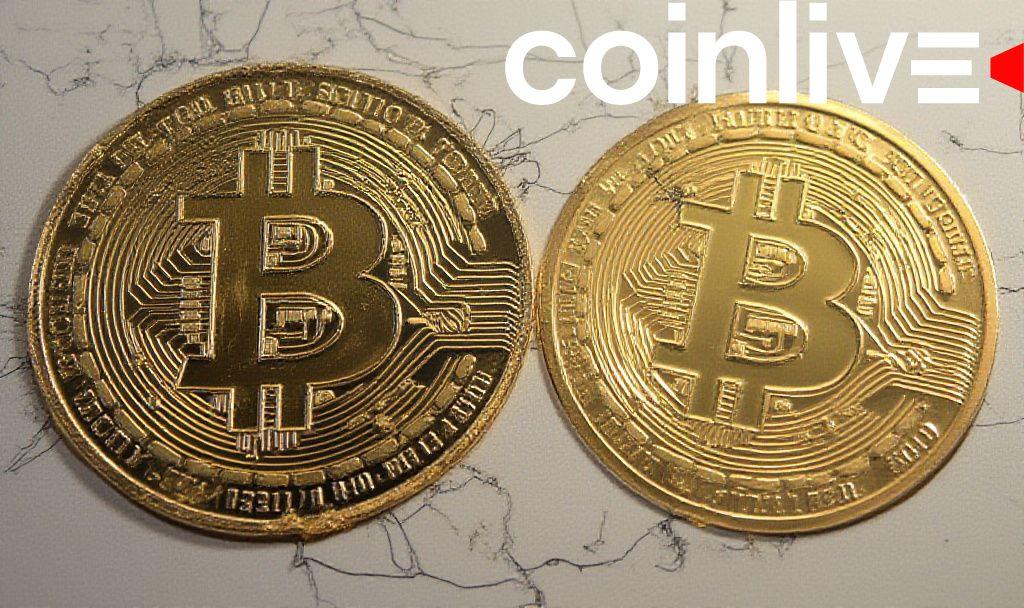- RedStone’s report questions Bitcoin’s consistent “safe haven” role.
- Bitcoin better as a portfolio diversifier.
- Gold remains the preferred safe haven asset.

RedStone challenges Bitcoin’s “safe haven” status, suggesting it’s more of a portfolio diversifier. Released in 2025, the report compares Bitcoin with gold, particularly regarding economic stress environments, creating significant market discourse.
The report indicates Bitcoin failed to show a sustained inverse relation with traditional assets. This influences investor decisions, reinforcing Bitcoin’s value in diversification over hedging.
RedStone released an analysis challenging the conventional wisdom that Bitcoin acts as a “safe haven” like gold during economic turmoil. The report highlights Bitcoin’s lack of consistent negative correlation with equities over the past year.
RedStone’s findings show Bitcoin’s correlation to the S&P 500 ranged between -0.2 and 0.4. According to the oracle provider, linkage values fluctuated between -0.2 and 0.4, which is far from the strong negative link below -0.3 needed to qualify BTC as a true hedge. The report used gold as a benchmark for comparing safe haven tendencies.
The report finds Bitcoin’s role as a diversifier rather than a hedge during volatile conditions. It underscores the importance of understanding Bitcoin’s actual market behavior, particularly its correlation fluctuations with equities.
Financial markets see gold attracting classic safe haven flows while Bitcoin’s risk-on character positions it differently. In stress situations, gold’s consistent performance contrasts with Bitcoin’s unpredictable pattern, as highlighted by the RedStone study.
Potential regulatory responses may evolve as financial institutions understand the implications of Bitcoin’s non-hedging role. Financial strategies are adapting, with Bitcoin’s diversification potential taking precedence over past assumptions of its hedging capacity.








